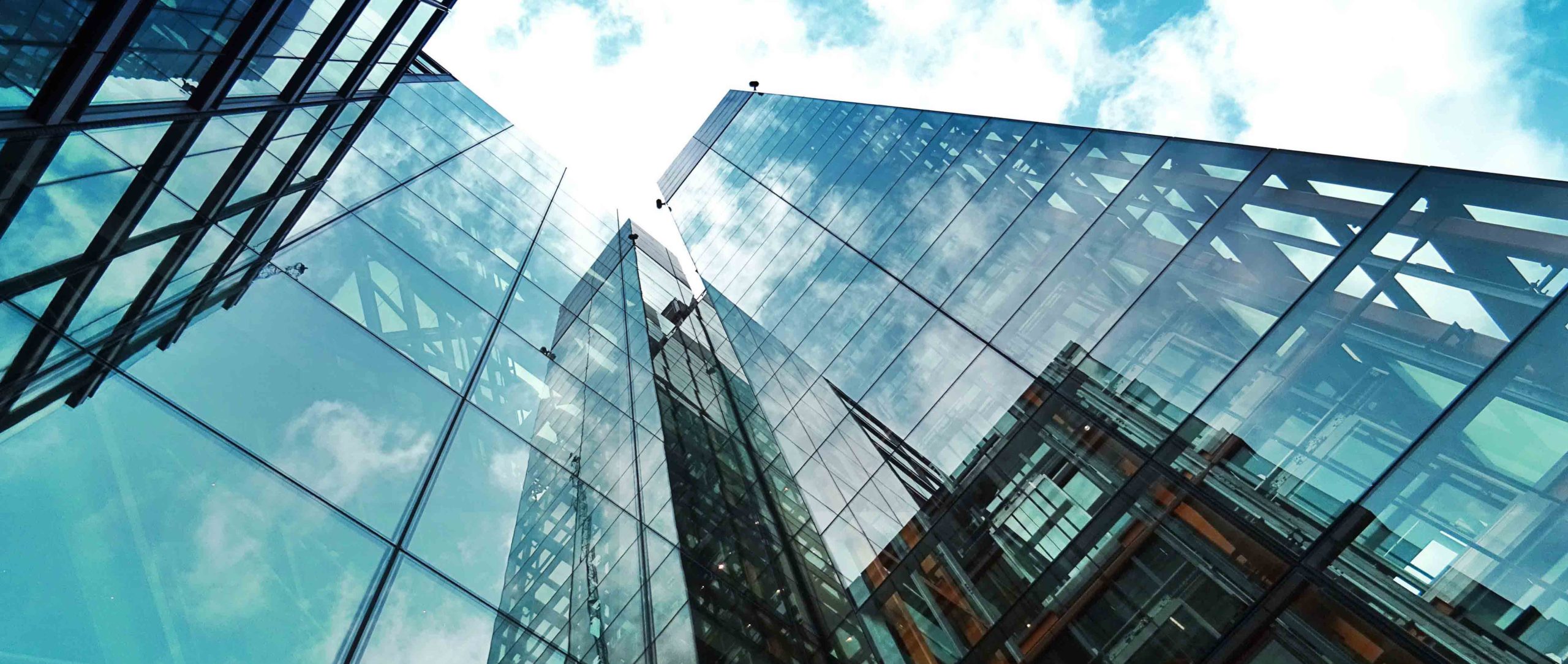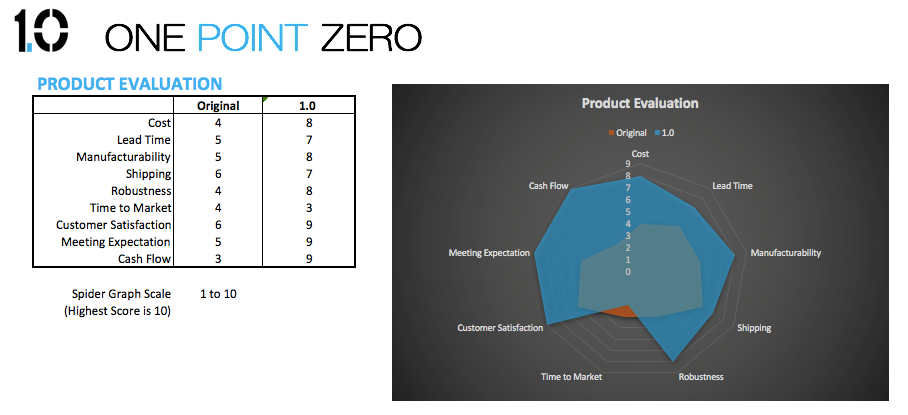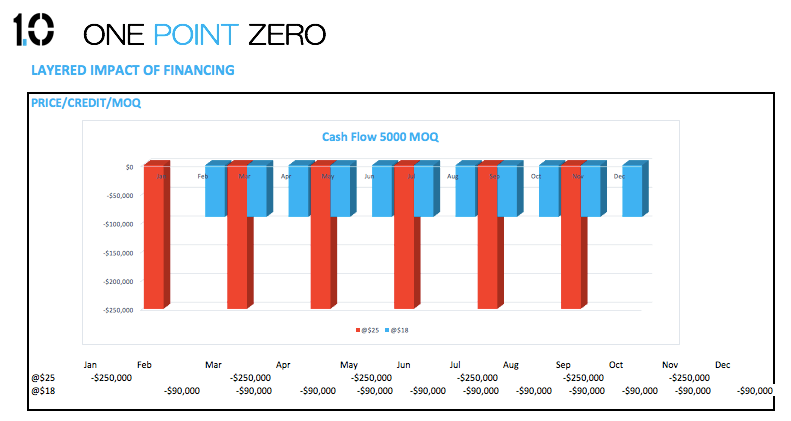
10
Jul
How we Scale SMEs & Startups into International Companies With a Vendor Architecture – An Interview with Donald Mac Callum
Coffee at Metta With Donald Mac Callum, Founder 1.0, Co Founder,
Donald Mac Callum (DM) is the co founder of One Point-Zero along with Eric Voigt. He has worked in Asia for over 15 years, with much of this time in Shenzhen working for Irish founded company PCH International. He graduated from the University of Ulster with a degree in Mechanical Engineering with a Diploma in Business Studies. Donald is constantly on a plane hopping between Europe and Asia helping SME ramp their businesses in Asia.
Interviewer: Conor O’Mara (CO)
CO Thanks for the coffee in this lovely venue Donald. I love the idea of this place Metta, it’s a great idea of having a place in Hong Kong dedicated to bringing entrepreneurs like yourself together. Speaking of entrepreneurship, I came across an article in Siliconrepublic from a few years ago naming you as one of the 15 Irish pioneers who have brought their talents to Asia. Congratulations on that! I was wondering did that prompt Irish entrepreneurs to reach out to you to try and understand the market opportunity in Asia?
DM Interestingly enough the reaction was more about Asia as a base for manufacturing. We found that many companies see Asia (and in particular China) as a huge challenge to be left till later. Of course, later rarely if ever happens.
CO: Yes, it does seem like a lot of companies are scared about Asia, which is why we are doing these interviews to help Irish entrepreneurs understand HK is a great base for Asia. Lets go into that later, but first of let lets talk about your accelerator programme. You have set up your Io2HUB accelerator based in Austria., Why Austria? What kind of companies are you helping? And how much of your time is spent between Hong Kong and Austria?
DM Austria over the past few years has followed a successful economic policy and grown its GDP exceptionally by leveraging opportunities in the European Union. In 2015 Austria adopted a target for a global economic expansion for its industries & services along with building an eco-system for its Eastern neighbors to tap into the European market. We partnered with the Austrian Trade Commission of Hong Kong and a government led high tech cluster to give innovative SME’s access to Asia’s manufacturing grid.
For the Io2-Hub as 1.0 we were excited about building an accelerator that reduces failure risks for young entrepreneurs and their backers with a “Cash for milestone” program that rewards achievements and keeps start ups on track with their company development. Young talents are enabled to bring disruptive technologies alive through a sustainable growth path for their companies.
CO That sounds like a good idea, so you basically scope out the entire value chain for them and help them understand what it takes to scale their start up into a truly successful business?
DM The first step is to understand in detail what the SME or Start Up is trying to achieve. We then play back to them what we believe it is. We will re-run this stage of the process until we are sure we understand our client. Note we are not looking to correct any miss directions at this stage. We only want to understand our client and their perception of the how they will achieve their Goals.
After this stage is complete we will map their current state with where we will take them with the process. This is what a typical Over Lay Map looks like…

Fig.1 shows a map overlay for a Company servicing Utility Company across the USA and Europe.
We then consider in detail the impact to our customer’s day to day business. Without going into all the detail the output typically looks something like Fig. 2 below,

